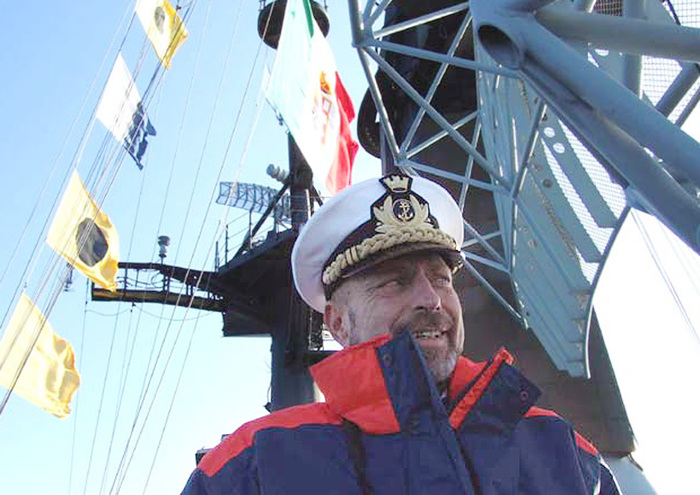The Italian Navy has the capabilities to mine Ukrainian ports, it has already done so in the past in other areas.
But these are "very laborious and certainly not fast" operations and which would require "conditions of truce between the parties and an adequate security framework".
Admiral Giuseppe De Giorgi,
former Navy Chief of Staff ,
spoke to
ANSA
about the feasibility of a mission - in which Italian assets would also participate - in Ukrainian ports to free grain ships blocked by the conflict .
"To be undermined - observes De Giorgi - are above all the
waters facing
the ports and the southern coast of Ukraine.
They are mine fields aimed above all at countering any Russian amphibious operations.
To be effective, a minefield must be sufficiently 'dense' with mines.
It is therefore likely that there are several hundred mines, mostly moored on the bottom.
It is a type of device that explodes when struck by the hull of a ship.
So-called magnetic influence mines or activated by the pressure wave caused by a ship passing over them cannot be excluded, but I believe in lower percentages ".
The Italian Navy has the assets to work on mine clearance.
"We should employ - notes the admiral -
the Gaeta and Leric I class minesweepers
, the Underwater group of Varignano, variable depth sonar, remotely piloted underwater drones, auxiliary ships for logistic assistance for minesweepers and a command ship. It should also be provided for a safety framework ensured by escort ships ".
And they are not operations that are done in a few days.
Each mine, in fact, he stresses, "must be located and neutralized individually by underwater operators or by remotely piloted drones".
However, this would not be an unprecedented activity for the armed force.
In 1984, De Giorgi recalls, "after the Yom Kippur war between Israel and Egypt we participated in the international demining operation of the Suez Canal with the 14 / o Naval Group, consisting of three minesweepers and a support ship. Subsequently , in 1987 the Italian Navy was engaged in a prolonged mission in the Persian Gulf which saw the operation of 3 frigates, a supply ship, an auxiliary ship and three minesweepers. In 1991, also in the Persian Gulf, 4 minesweepers were engaged. the operations carried out, the Navy crews have shone for professionalism and competence ".
These are not interventions without dangers.
"Mine clearance - explains the admiral -
is inherently risky.
It requires long times, good weather conditions and the absence of external disturbances. It is clear that an operation of this kind would require conditions of truce between the parties and an adequate framework. safety".
After the de-mining there should be the departure of the ships carrying the grain, with an adequate escort service, in which
Fremm-class frigates and auxiliary ships could participate.
But here too the risks are lurking.
"A binding condition - underlines the former Chief of Staff - would be the acceptance by both sides of a truce in those waters, otherwise the mission would not be absolved as it would risk turning into a naval battle against the Russian Navy. see - he adds - what credibility a possible Russian promise may have not to use the cleared sea corridors against Ukraine for military purposes to allow ships loaded with grain to pass. Finally, there is always the risk of an exchange of blows for misunderstandings at sea between escort ships and Russian ships ".

